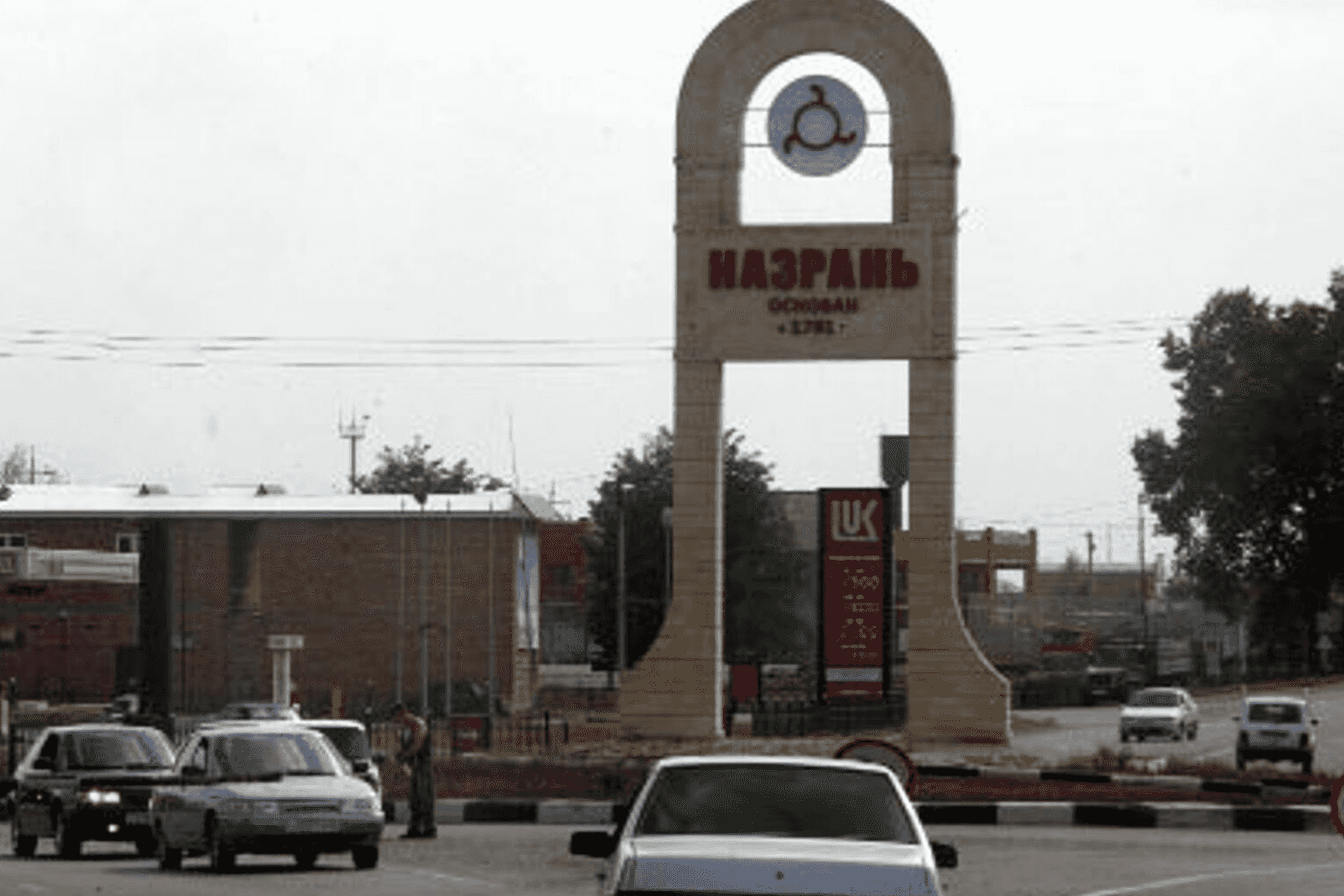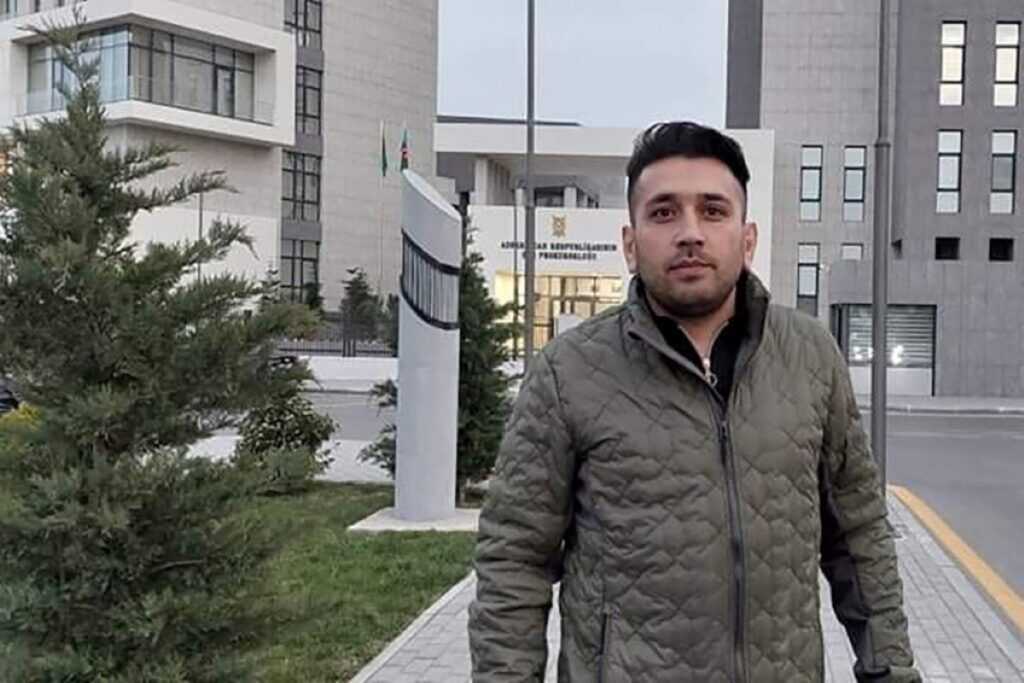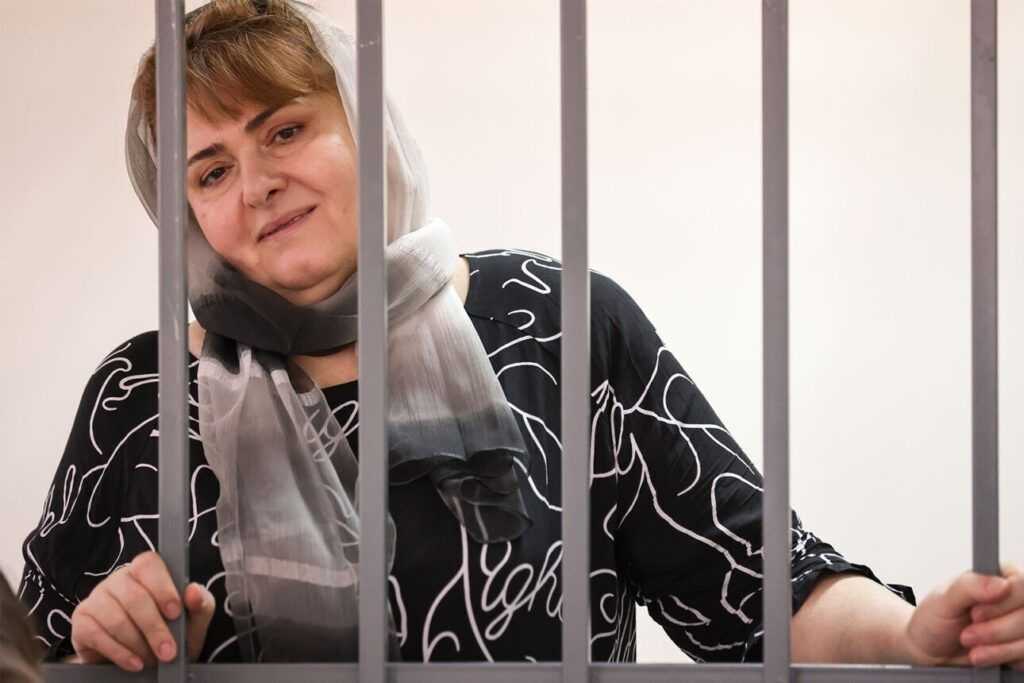
The Ingushetian Ministry for External Relations has sent an official request to North Ossetia seeking clarification after rumours circulated on social media that an Ingush cemetery in North Ossetia’s Prigorodny District had been closed.
At the end of May 2025, a photograph circulated on social media showing a sign that read: ‘Cemetery closed for burials. Unauthorised burials are prohibited.’ The sign was reportedly installed at the cemetery in the village of Ir (known in Ingush as Dzheirkhoi-Yurt) in North Ossetia’s Prigorodny District.
After the photograph became the subject of active debate online, Ingushetian Nationalities Minister Ruslan Miziev urged the public to refrain from premature conclusions and comments that could incite interethnic discord.
As of publication, North Ossetian officials have not provided any comments on the status of the cemetery.
This is not the first time in which issues related to Ingush cemeteries in the Prigorodny District have drawn public attention.
In February, Ingush Musa Lyanov was buried in the North Ossetian village of Oktyabrskoye (known in Ingush as Sholkhi). A video of the funeral ceremony surfaced online, showing hospital staff from a nearby facility expressing displeasure at the procession and commenting on the deceased’s ethnicity. At that time, the Ingushetian Ministry for External Relations, National Policy, Press, and Information urged the public to refrain from making inflammatory comments.
Ingush human rights activists have previously highlighted issues regarding access to cemeteries to tend to the graves of deceased Ingush relatives. In 2012, Ruslan Parchiev, head of the civil society organisation Union of Victims of Genocide, stated that such visits were ‘unsafe to do alone’ but possible if accompanied by police or if local law enforcement in North Ossetia were notified of visits in advance.
The history of the village of Ir and other settlements in the Prigorodny District are closely linked to the Ossetian–Ingush conflict of 1992.
The district, predominantly inhabited by Ingush before their forced deportation by the Soviet authorities in 1944, was transferred to North Ossetia following the deporations. After the Ingush were allowed to return in 1957, tensions simmered over the restoration of land rights and the return of property.
In 1992, against the backdrop of the conflict in South Ossetia, these tensions escalated into armed clashes between the Ingush and Ossetians. As a result, between 30,000 and 60,000 Ingush were forced to flee the district and their homes were destroyed. They have not been able to return to the district since.
According to the Prosecutor’s Office, the conflict resulted in 583 fatalities, 939 injuries, and 261 people missing.









